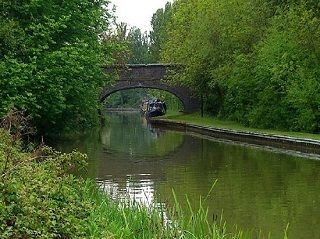From Guest Blogger Gary Tulie: Cars in England 2045

The year is 2045, my name is James Prescott, and I live in Buckinghamshire, England. I am 15 years old, and on the weekends, I like to swim with my friends at the local public pool followed by a snack of lentils and crispy fried locust in Thai sweet chili sauce.
My tutor program has sent me a writing assignment to tell the people back in 2015 about how we use cars in the future. (Of course I know you could not possibly read this in 2015, so I suppose it is kind of a thought experiment.)
Much has changed since 2015, and we all can see how close we came to catastrophic climate change – the situation is still delicate but we are starting to see real progress on the subject, and look to be on course to avoid the worst effects.
In 2020, the first autonomous electric vehicles started to be seen on UK roads. Now, 25 years later, all vehicles with the exception of a few vintage cars run on electricity in an autonomous mode. Since 2025, no new vehicles running on fossil fuels have been permitted, and existing internal combustion engine vehicles have been adapted to run on biofuels or hydrogen.
I can remember my grandfather talking about when he had his own car – which now seems like an unseemly and irresponsible luxury, but at the time it was normal. Now, there are far fewer cars, and the vast majority of them are public i.e., in circulation most of the day like the old taxis, only now without drivers. Only the very rich, and fewer of them each year, choose to own their own private vehicles, and they must pay a vehicle ownership permit of several times the cost of the vehicle followed by hefty annual charges. It’s simply more convenient and a whole lot less expensive to use the public vehicles.
Today, I am going to the pool with my friends, and I have just used the AI program on my phone to arrange a vehicle to fetch us and deliver us to the pool at 13-30. The phone will organise a suitable vehicle, advise the pick-up time for each person in the group, and contact each of us to confirm the arrangements. The vehicle will then message us as it approaches so we can come out to meet it.
The cars come in all sizes, but all of them are made of lightweight ceramic carbon composites with structural ultra-capacitors for power, and metal air batteries for range. They weigh around a quarter of what the old cars weighed, and fully charged have a range in excess of 500 miles.
The cars have a second function – when not travelling, they are connected to the electricity grid smoothing the flow of electricity from various renewable technologies, storing excess power, and delivering power to the grid in peak demand hours.
Why the crispy fried locusts? That’s part of the adaptation to reduce emissions – beef production causes 20 kg of CO2 emissions per kg of food, and a significant amount of methane and nitrous oxide. Insect farming typically results in 50 times less CO2, 80 times less methane, and 10 times less nitrous oxide than beef, and, what‘s more, insects require far less food, water and land helping to ensure an adequate food supply for Earth’s 9 billion people. The grandparents still struggle with insects as part of the diet, but many of my generation actually prefer it.

